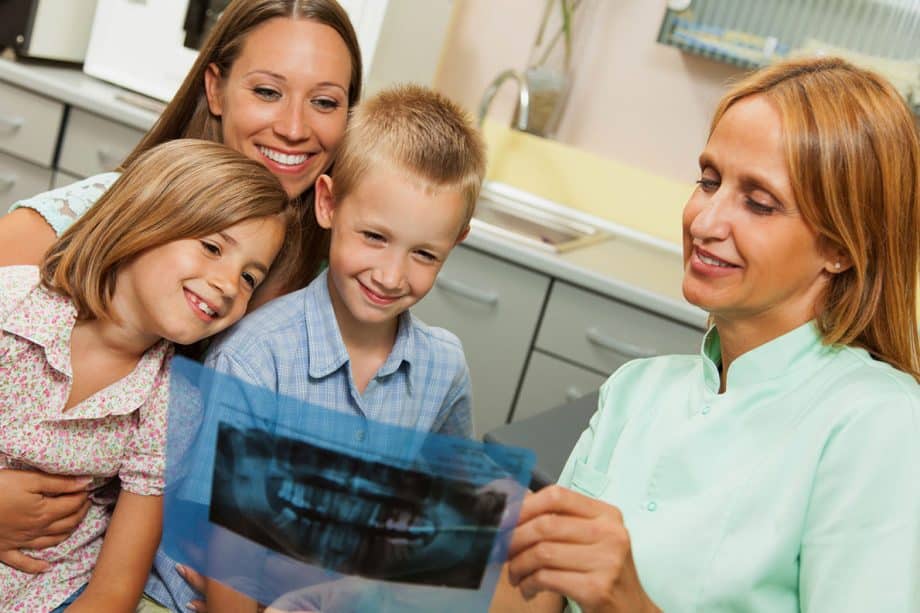As a child's permanent teeth first erupt, parents may notice differences in bite, placement, and alignment. Parents often feel concerned about the prospect of orthodontic care, believing it is too complex or expensive and out of their reach. However, the solution may be simpler than you think.
This guide will explain orthodontics for young patients, including the best time to begin treatment.
The Seven-Year Visit
The American Association of Orthodontics recommends a screening for every child around their seventh birthday. By this time, children possess a mix of primary and permanent teeth. A skilled practitioner can examine a child's dentition and predict future issues thanks to years of study. By taking panoramic X-rays, orthodontists can also see potential issues hidden beneath the gums.
Treating young patients during childhood and again during adolescence is known as "two-phase orthodontics."
Early Treatment
Some practices, including ours, recommend the first treatments for young patients when they will benefit the child's oral health and quality of life. Orthodontists can use early treatment for these conditions:
- Bite problems (Underbite, crossbite)
- Extreme crowding
- Too many wide gaps
- Extra teeth
- Absent teeth
- Open bite (teeth that do not meet normally)
- Misalignments caused by sucking habits (pacifier, thumb, finger)
Early Treatment Methods
- Habit Appliances: These devices fit like a retainer and gently deter the child from tongue thrusting and sucking behavior. Preschoolers and up can use these devices.
- Space Maintainers: These small appliances work wonders for keeping teeth apart after the middle one is lost prematurely. When the primary tooth begins to emerge, the orthodontist removes the space maintainer.
- Palatal Expander: Early treatments not only prevent malocclusion, but they also gently change the shape of the jaw to allow more room for the permanent teeth. A palatal expander can also improve a child's airway.
Adolescent Orthodontics
Parents are likely more familiar with the second stage, adolescent orthodontics. Braces and Invisalign Teen correct alignment by closing gaps, rotating teeth, and alleviating crowding. The beginning age for these treatments depends on your child's oral development, but it usually happens by age 14.
Frequently Asked Questions About Adolescent Orthodontics
Do palatal expanders cause discomfort?
These devices can cause mild discomfort and a feeling of tightness, especially when adjusted to a greater width. However, young patients generally adapt to it quickly.
I only had standard braces, and my teeth turned out fine. Why does my child need early treatment?
Your child may need early treatment to correct a malformation of the jaw or palate. They may have dental issues that are too complex for braces alone.
When you trust your child's smile to a top practice like Hass Family Orthodontics, you will witness a beautiful transformation. Your child will grow in confidence and self-esteem, ready to take on challenges in school and on the playing field. Please get in touch with us with any questions or to schedule your first consultation.

